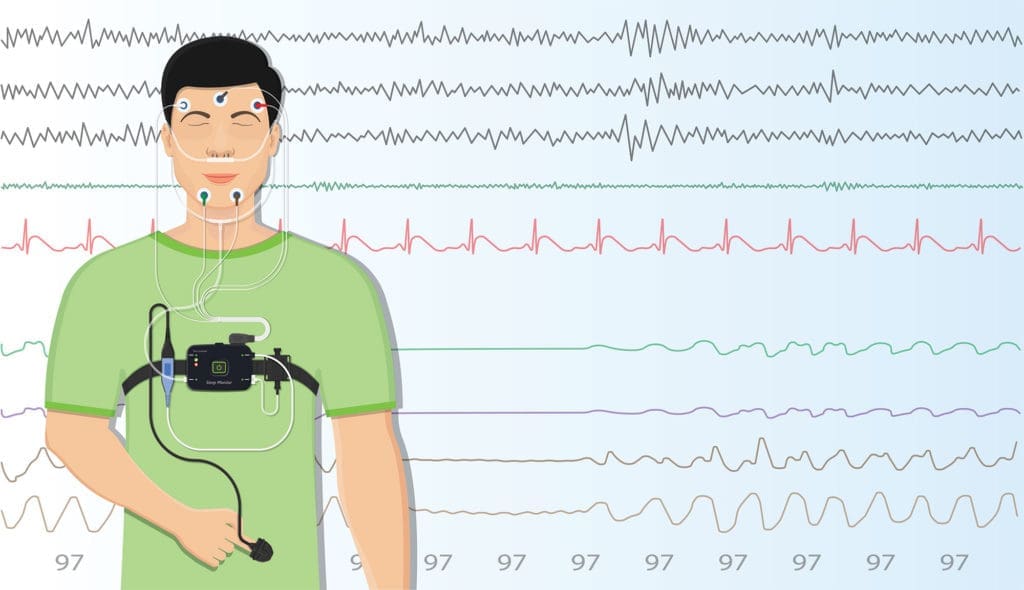Fibromyalgia is a chronic and painful disorder. It results in widespread musculoskeletal pain, fatigue, and tenderness in localized areas. Restless Leg Syndrome, or RLS, is characterized by unpleasant feelings in the legs. These feeling can include itching, “crawling” or pins and needle type sensations. RLS often affects sleep and is considered a sleep disorder.
Similar Symptoms For RLS
 For many fibromyalgia sufferers, getting a good night’s sleep isn’t easy. In fact, a recent study showed that nearly two-thirds of people with fibromyalgia also had RLS.
For many fibromyalgia sufferers, getting a good night’s sleep isn’t easy. In fact, a recent study showed that nearly two-thirds of people with fibromyalgia also had RLS.
It’s no surprise, then, that both chronic conditions have similar symptoms. Fibromyalgia typically involves all-over aches that range from headaches to abdominal pain to numbness in the extremities. Some sufferers also have a particular sensitivity to heat or cold, while others can’t concentrate due to chronic pain.
Though the symptoms of RLS center on the legs, they typically offer a mix of pain and distraction that’s similar to fibromyalgia. Most RLS sufferers report burning and crawling sensations in their legs, ranging from very minor to extremely painful. Since RLS tends to flare up just as you’re relaxing, this condition can easily prevent you from sleeping or concentrating.
Comparable Diagnoses
When it comes to a medical diagnosis, RLS can remain elusive. There’s no single diagnostic test for this condition, so doctors typically perform a physical exam, assess your symptoms, and evaluate your medical history. If necessary, doctors may also perform lab tests to confirm findings. Generally, an RLS diagnosis results from a history of experiencing restless legs that respond to strange sensations and symptoms that worsen at night or when you relax.
Diagnosing fibromyalgia is more straightforward, but testing can still be ineffective. In general, a doctor conducts a complete physical exam, reviews your medical history, and performs a test known as FM/a. This test can discover immune system markers that indicate the presence of fibromyalgia. Not all patients undergo this test, and many doctors will diagnose fibromyalgia based on the presence of physical symptoms lasting for at least three months.
Related Treatments for Restless Leg Syndrome and Fibromyalgia
 There is no cure for either RLS or fibromyalgia. However, both can become manageable with a combination of lifestyle changes and medications. For fibromyalgia, doctors typically prescribe a mix of strengthening exercises, behavioral techniques, and pain medications like Lyrica and Cymbalta. Many patients also receive alternative treatments like therapeutic massage, myofascial release therapy, and acupuncture. Since fibromyalgia also leads to sleep conditions and fatigue, sufferers must also observe regular bedtimes and pursue relaxation therapy.
There is no cure for either RLS or fibromyalgia. However, both can become manageable with a combination of lifestyle changes and medications. For fibromyalgia, doctors typically prescribe a mix of strengthening exercises, behavioral techniques, and pain medications like Lyrica and Cymbalta. Many patients also receive alternative treatments like therapeutic massage, myofascial release therapy, and acupuncture. Since fibromyalgia also leads to sleep conditions and fatigue, sufferers must also observe regular bedtimes and pursue relaxation therapy.
Because RLS primarily manifests as a sleep disorder, most treatment focuses on getting regular sleep, avoiding alcohol and tobacco, and pursuing moderate exercise. In more serious cases, RLS sufferers also take medications for pain, relaxation, muscle contractions, and anti-anxiety. If you suffer from both conditions, a doctor can create a treatment plan that alleviates the symptoms of each.
Fibromyalgia is a complex condition, and it often goes hand-in-hand with the sleep disorder RLS. Both disorders include painful sensations and sleep loss, and for the two-thirds of sufferers who also have RLS, symptoms can improve with a combination of behavioral changes and medical intervention.
What are your best tips for others with Restless Leg Syndrome?
Tell us about your experience in the comments below!
What topics related to managing Restless Leg Syndrome in day-to-day like would you like to see us explore?
Email us at info@painresource.com with your ideas!
Are you on Facebook?
Join our online community by clicking here.

